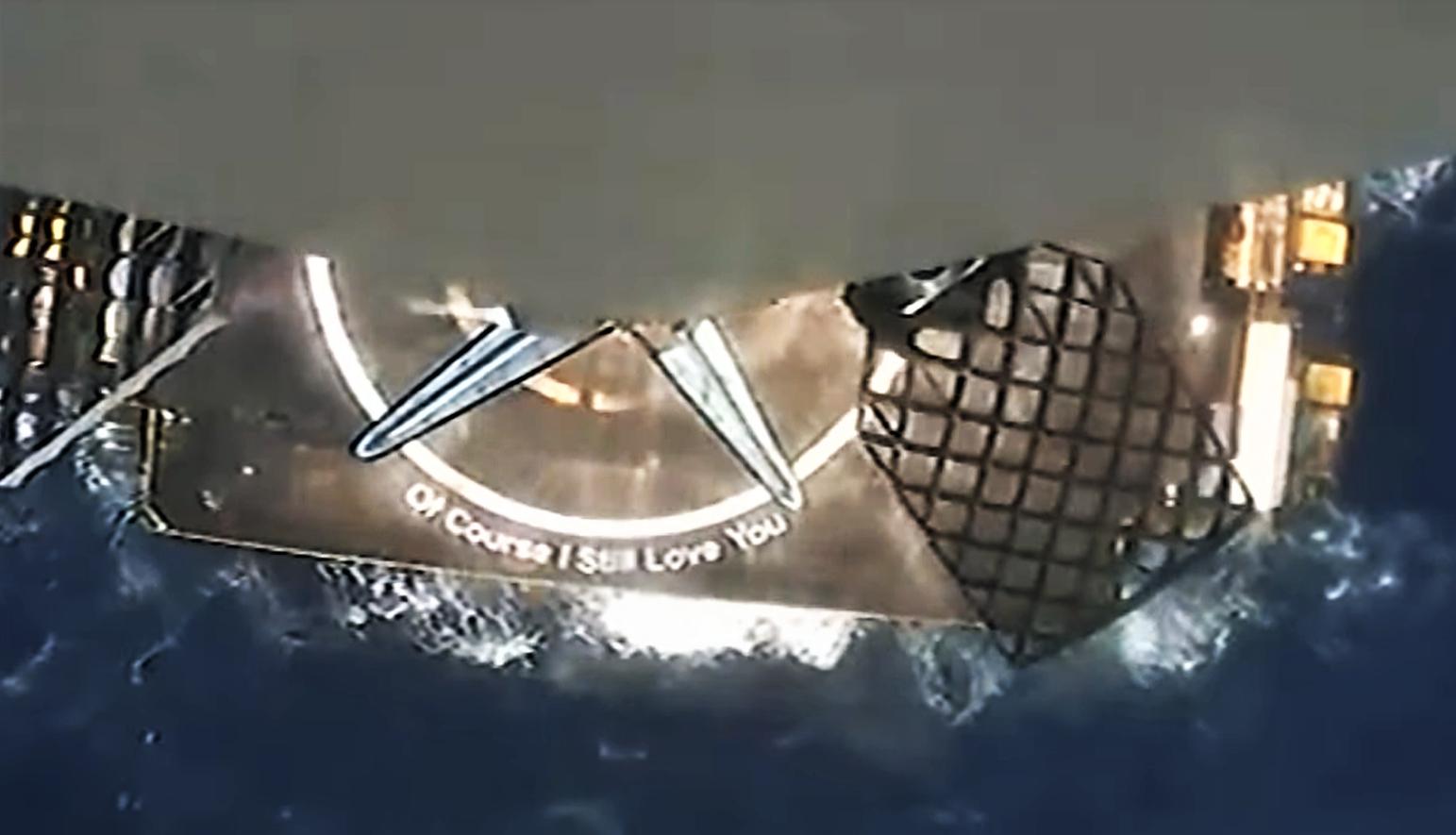
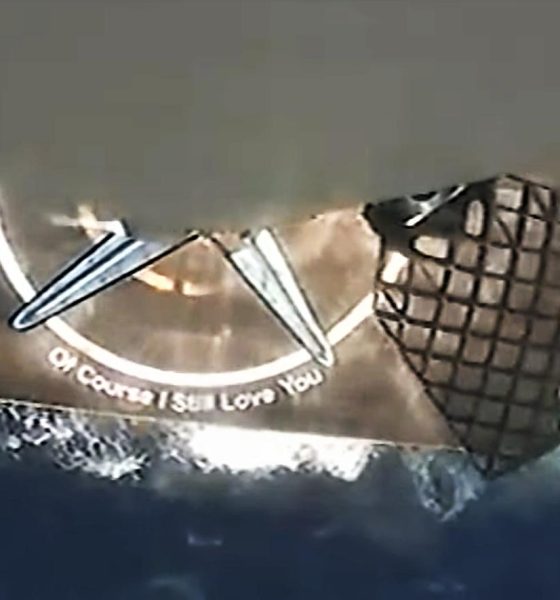
News
SpaceX launches fourth Starlink mission in 16 days
Update: SpaceX has officially completed its fifth Falcon 9 launch and landing in three weeks and delivered its fourth batch of Starlink satellites to orbit in 16 days.
Following a rare ‘leapfrog’ likely due to the presence of third-party rideshare payloads from Capella Space and Tyvak, Starlink-26 successfully lifted off on May 15th, six days after a flawless Starlink-27 launch that also marked the first tenth flight of a Falcon booster. Starlink-26 is SpaceX’s fourth Starlink rideshare and fifth self-managed rideshare overall, as well as the company’s 15th launch of 2021. With more than six months to go until 2022, SpaceX could complete upwards of 40 orbital launches this year if it maintains that cadence.
Up next, Starlink-28 is already scheduled to launch as early as the afternoon of May 26th.
On the heels of a two-week April hiatus as SpaceX switched its focus to a crucial astronaut launch, the company has begun churning through an unending backlog of Starlink missions.
Crew Dragon and Falcon 9 became the first crewed space capsule and liquid rocket booster to launch astronauts twice on April 23rd, acing NASA’s Crew-2 mission with four international astronauts. Less than a week later, SpaceX jumped back to the grind with Starlink-24 on April 29th. On May 4th, Falcon 9 B1049 aced its ninth launch and landing and delivered the booster’s seventh batch of 60 Starlink satellites to orbit with Starlink-25.
Less than five days after that, Falcon 9 booster B1051 successfully lifted off on SpaceX’s Starlink-27 mission, becoming the first liquid rocket booster ever to complete ten orbital-class launches (and landings). Hours later, Starlink-25 Falcon 9 booster B1049 sailed back to port on drone ship Of Course I Still Love You (OCISLY). Amidst that flurry of launches, landings, and booster returns, SpaceX has already scheduled its next Starlink launch – Starlink-26 – less than a week after Starlink-27.
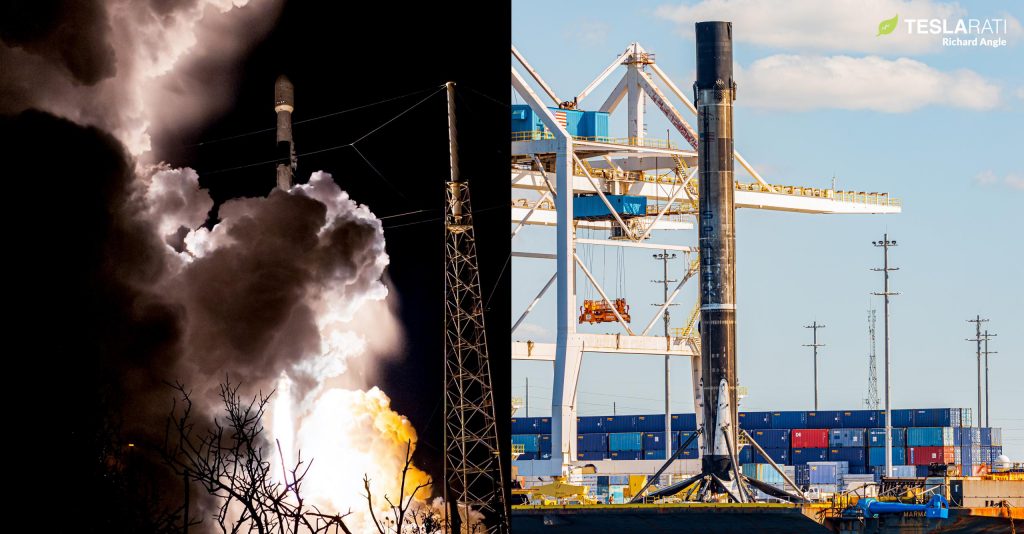
According to Spaceflight Now, Next Spaceflight, and launch photographer Ben Cooper, Starlink-26 – leapfrogged by Starlink-27 for unknown reasons – is scheduled to launch as early as 6:58 pm EDT (00:58 UTC) on Saturday, May 15th, less than a week after Starlink-27. Next Spaceflight reports that SpaceX has assigned Falcon 9 booster B1058 to launch Starlink-26 – its eighth orbital-class launch – 38 days after the same rocket launched Starlink-23.
There are some signs that Starlink-26 will carry rideshare payloads for one or several other companies, which could explain why the mission was leapfrogged by Starlink-27. The only other instance of a leapfrog happened last year when Falcon 9 booster B1049 was beset by repeated delays while trying to launch Starlink-15, which could also have delayed Starlink-26.
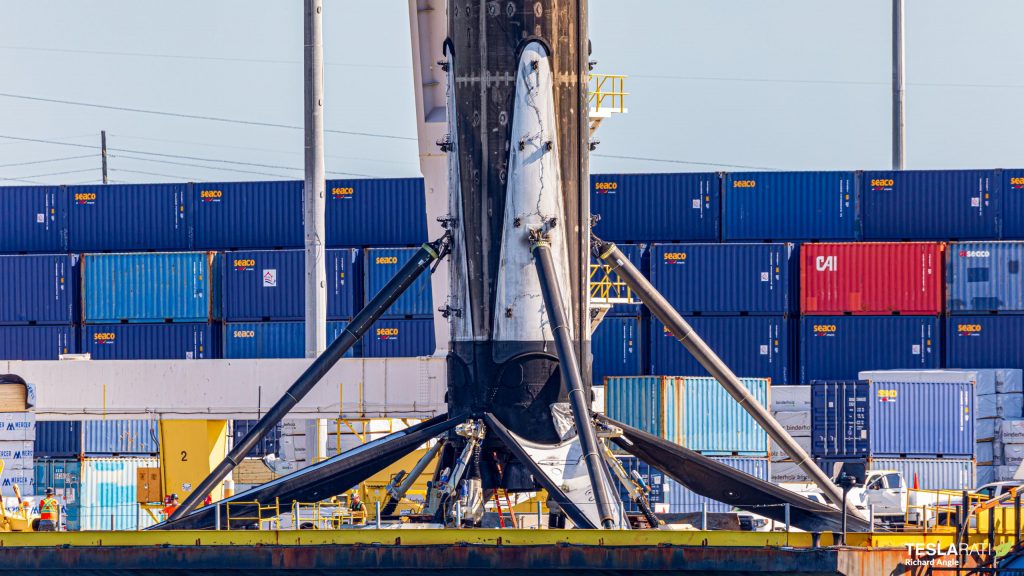
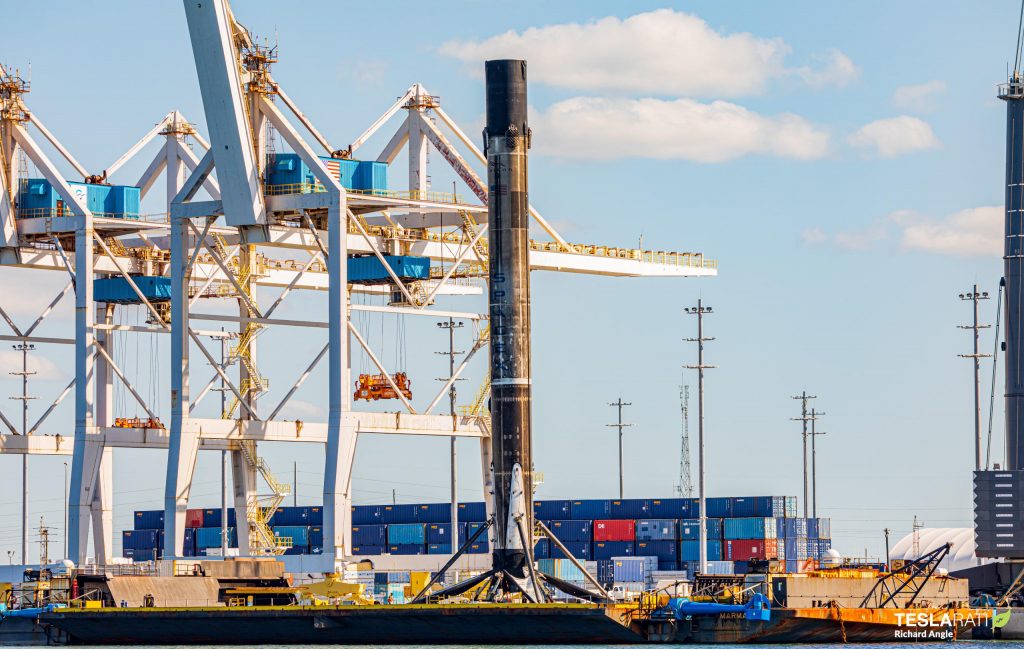
Either way, if SpaceX manages to launch Starlink-26 on time, it will be the fourth Starlink launch in 16 days and third in 11 days, setting up May 2021 to be one of the busiest months in the company’s history. Beyond Starlink missions, SpaceX recovered Crew Dragon and four astronauts for the first time after a record-breaking long-duration spaceflight on May 2nd, followed by Starship SN15 becoming the first full-size Mars rocket prototype to survive a high-altitude launch and landing on May 5th.
Less than two weeks prior, SpaceX launched four international astronauts to orbit in a flight-proven Dragon capsule and on a flight-proven Falcon 9 booster, representing a truly historic validation of the company’s reusable rockets and spacecraft. Accompanied by the symbolic but still historic tenth flight of a Falcon booster weeks later, it’s hard to say that SpaceX’s future has ever looked brighter.

Elon Musk
Starlink passes 9 million active customers just weeks after hitting 8 million
The milestone highlights the accelerating growth of Starlink, which has now been adding over 20,000 new users per day.

SpaceX’s Starlink satellite internet service has continued its rapid global expansion, surpassing 9 million active customers just weeks after crossing the 8 million mark.
The milestone highlights the accelerating growth of Starlink, which has now been adding over 20,000 new users per day.
9 million customers
In a post on X, SpaceX stated that Starlink now serves over 9 million active users across 155 countries, territories, and markets. The company reached 8 million customers in early November, meaning it added roughly 1 million subscribers in under seven weeks, or about 21,275 new users on average per day.
“Starlink is connecting more than 9M active customers with high-speed internet across 155 countries, territories, and many other markets,” Starlink wrote in a post on its official X account. SpaceX President Gwynne Shotwell also celebrated the milestone on X. “A huge thank you to all of our customers and congrats to the Starlink team for such an incredible product,” she wrote.
That growth rate reflects both rising demand for broadband in underserved regions and Starlink’s expanding satellite constellation, which now includes more than 9,000 low-Earth-orbit satellites designed to deliver high-speed, low-latency internet worldwide.
Starlink’s momentum
Starlink’s momentum has been building up. SpaceX reported 4.6 million Starlink customers in December 2024, followed by 7 million by August 2025, and 8 million customers in November. Independent data also suggests Starlink usage is rising sharply, with Cloudflare reporting that global web traffic from Starlink users more than doubled in 2025, as noted in an Insider report.
Starlink’s momentum is increasingly tied to SpaceX’s broader financial outlook. Elon Musk has said the satellite network is “by far” the company’s largest revenue driver, and reports suggest SpaceX may be positioning itself for an initial public offering as soon as next year, with valuations estimated as high as $1.5 trillion. Musk has also suggested in the past that Starlink could have its own IPO in the future.
News
NVIDIA Director of Robotics: Tesla FSD v14 is the first AI to pass the “Physical Turing Test”
After testing FSD v14, Fan stated that his experience with FSD felt magical at first, but it soon started to feel like a routine.

NVIDIA Director of Robotics Jim Fan has praised Tesla’s Full Self-Driving (Supervised) v14 as the first AI to pass what he described as a “Physical Turing Test.”
After testing FSD v14, Fan stated that his experience with FSD felt magical at first, but it soon started to feel like a routine. And just like smartphones today, removing it now would “actively hurt.”
Jim Fan’s hands-on FSD v14 impressions
Fan, a leading researcher in embodied AI who is currently solving Physical AI at NVIDIA and spearheading the company’s Project GR00T initiative, noted that he actually was late to the Tesla game. He was, however, one of the first to try out FSD v14.
“I was very late to own a Tesla but among the earliest to try out FSD v14. It’s perhaps the first time I experience an AI that passes the Physical Turing Test: after a long day at work, you press a button, lay back, and couldn’t tell if a neural net or a human drove you home,” Fan wrote in a post on X.
Fan added: “Despite knowing exactly how robot learning works, I still find it magical watching the steering wheel turn by itself. First it feels surreal, next it becomes routine. Then, like the smartphone, taking it away actively hurts. This is how humanity gets rewired and glued to god-like technologies.”
The Physical Turing Test
The original Turing Test was conceived by Alan Turing in 1950, and it was aimed at determining if a machine could exhibit behavior that is equivalent to or indistinguishable from a human. By focusing on text-based conversations, the original Turing Test set a high bar for natural language processing and machine learning.
This test has been passed by today’s large language models. However, the capability to converse in a humanlike manner is a completely different challenge from performing real-world problem-solving or physical interactions. Thus, Fan introduced the Physical Turing Test, which challenges AI systems to demonstrate intelligence through physical actions.
Based on Fan’s comments, Tesla has demonstrated these intelligent physical actions with FSD v14. Elon Musk agreed with the NVIDIA executive, stating in a post on X that with FSD v14, “you can sense the sentience maturing.” Musk also praised Tesla AI, calling it the best “real-world AI” today.
News
Tesla AI team burns the Christmas midnight oil by releasing FSD v14.2.2.1
The update was released just a day after FSD v14.2.2 started rolling out to customers.

Tesla is burning the midnight oil this Christmas, with the Tesla AI team quietly rolling out Full Self-Driving (Supervised) v14.2.2.1 just a day after FSD v14.2.2 started rolling out to customers.
Tesla owner shares insights on FSD v14.2.2.1
Longtime Tesla owner and FSD tester @BLKMDL3 shared some insights following several drives with FSD v14.2.2.1 in rainy Los Angeles conditions with standing water and faded lane lines. He reported zero steering hesitation or stutter, confident lane changes, and maneuvers executed with precision that evoked the performance of Tesla’s driverless Robotaxis in Austin.
Parking performance impressed, with most spots nailed perfectly, including tight, sharp turns, in single attempts without shaky steering. One minor offset happened only due to another vehicle that was parked over the line, which FSD accommodated by a few extra inches. In rain that typically erases road markings, FSD visualized lanes and turn lines better than humans, positioning itself flawlessly when entering new streets as well.
“Took it up a dark, wet, and twisty canyon road up and down the hill tonight and it went very well as to be expected. Stayed centered in the lane, kept speed well and gives a confidence inspiring steering feel where it handles these curvy roads better than the majority of human drivers,” the Tesla owner wrote in a post on X.
Tesla’s FSD v14.2.2 update
Just a day before FSD v14.2.2.1’s release, Tesla rolled out FSD v14.2.2, which was focused on smoother real-world performance, better obstacle awareness, and precise end-of-trip routing. According to the update’s release notes, FSD v14.2.2 upgrades the vision encoder neural network with higher resolution features, enhancing detection of emergency vehicles, road obstacles, and human gestures.
New Arrival Options also allowed users to select preferred drop-off styles, such as Parking Lot, Street, Driveway, Parking Garage, or Curbside, with the navigation pin automatically adjusting to the ideal spot. Other refinements include pulling over for emergency vehicles, real-time vision-based detours for blocked roads, improved gate and debris handling, and Speed Profiles for customized driving styles.








